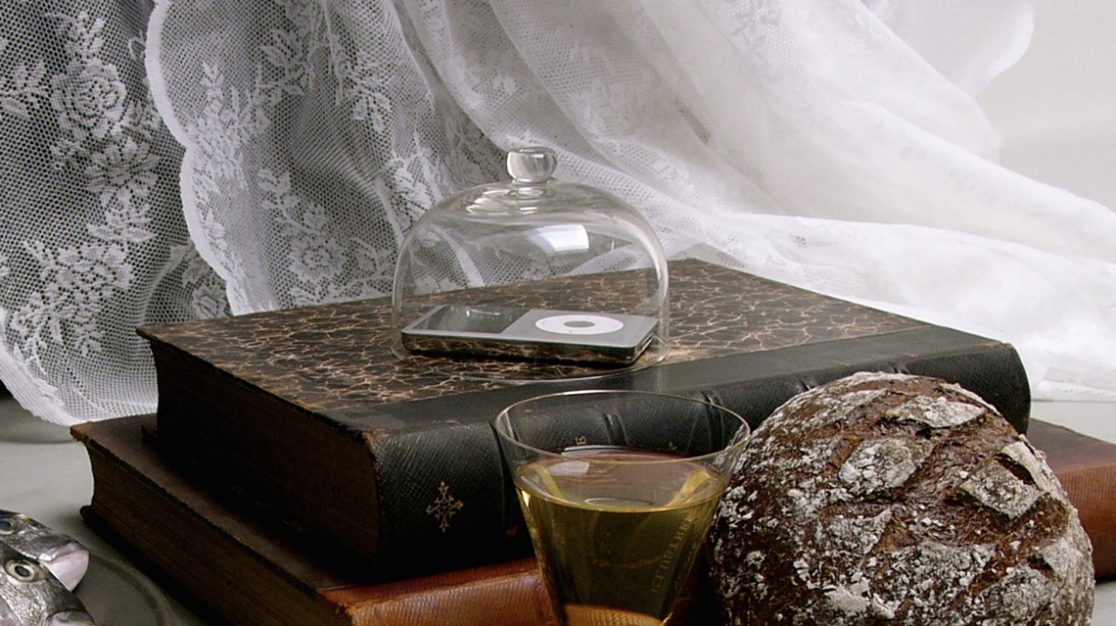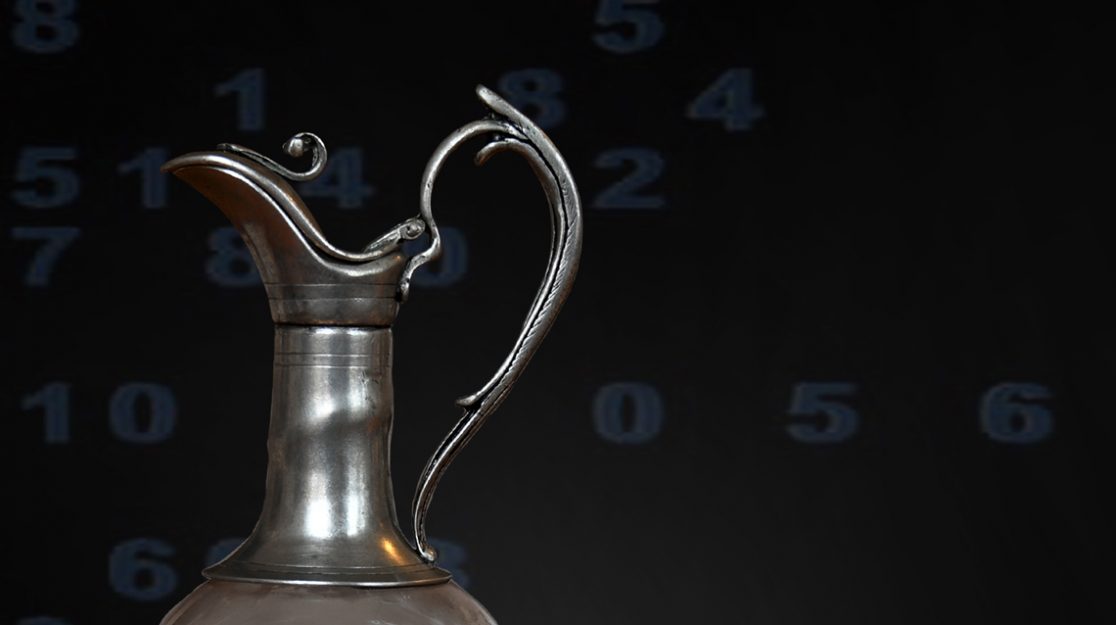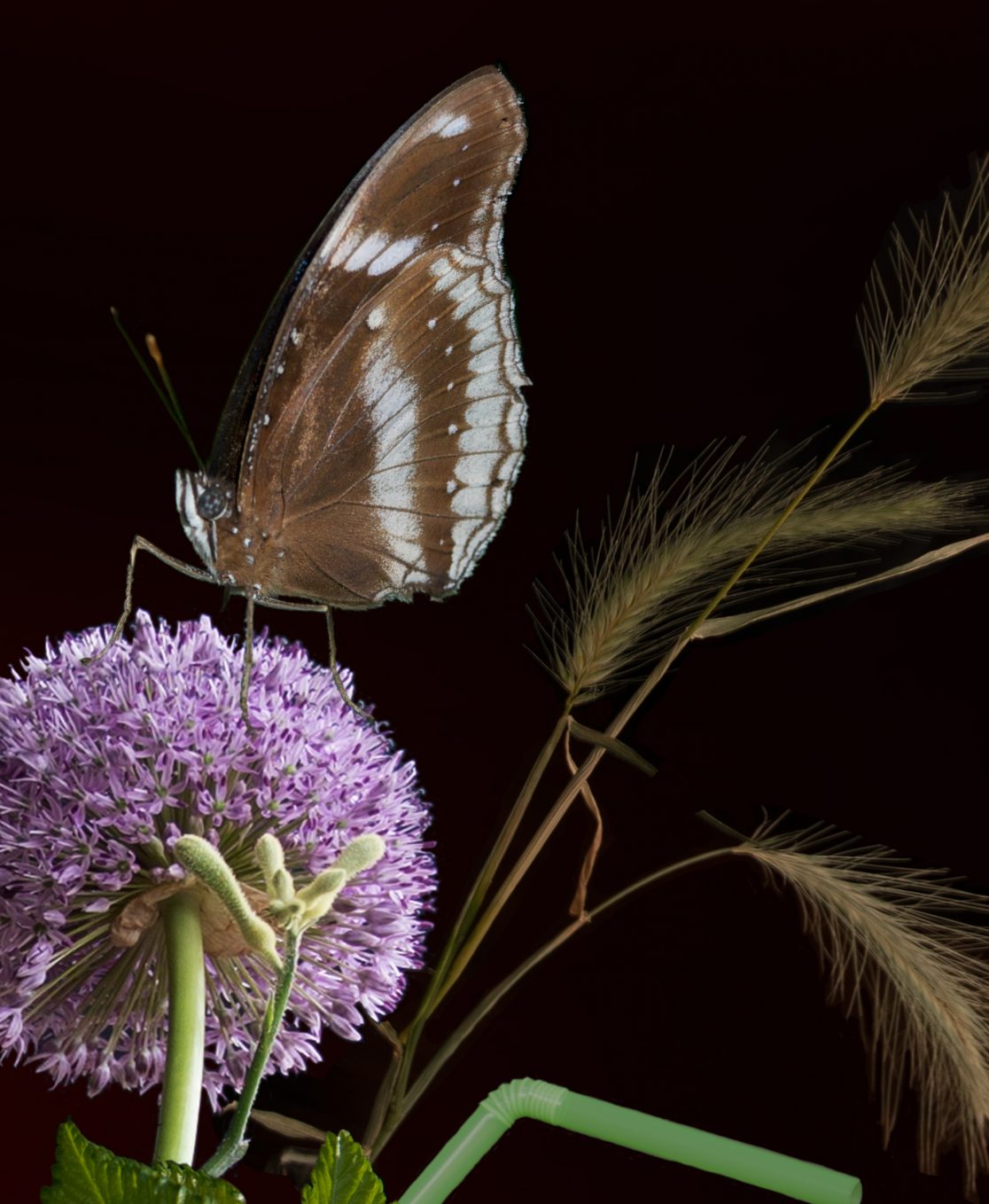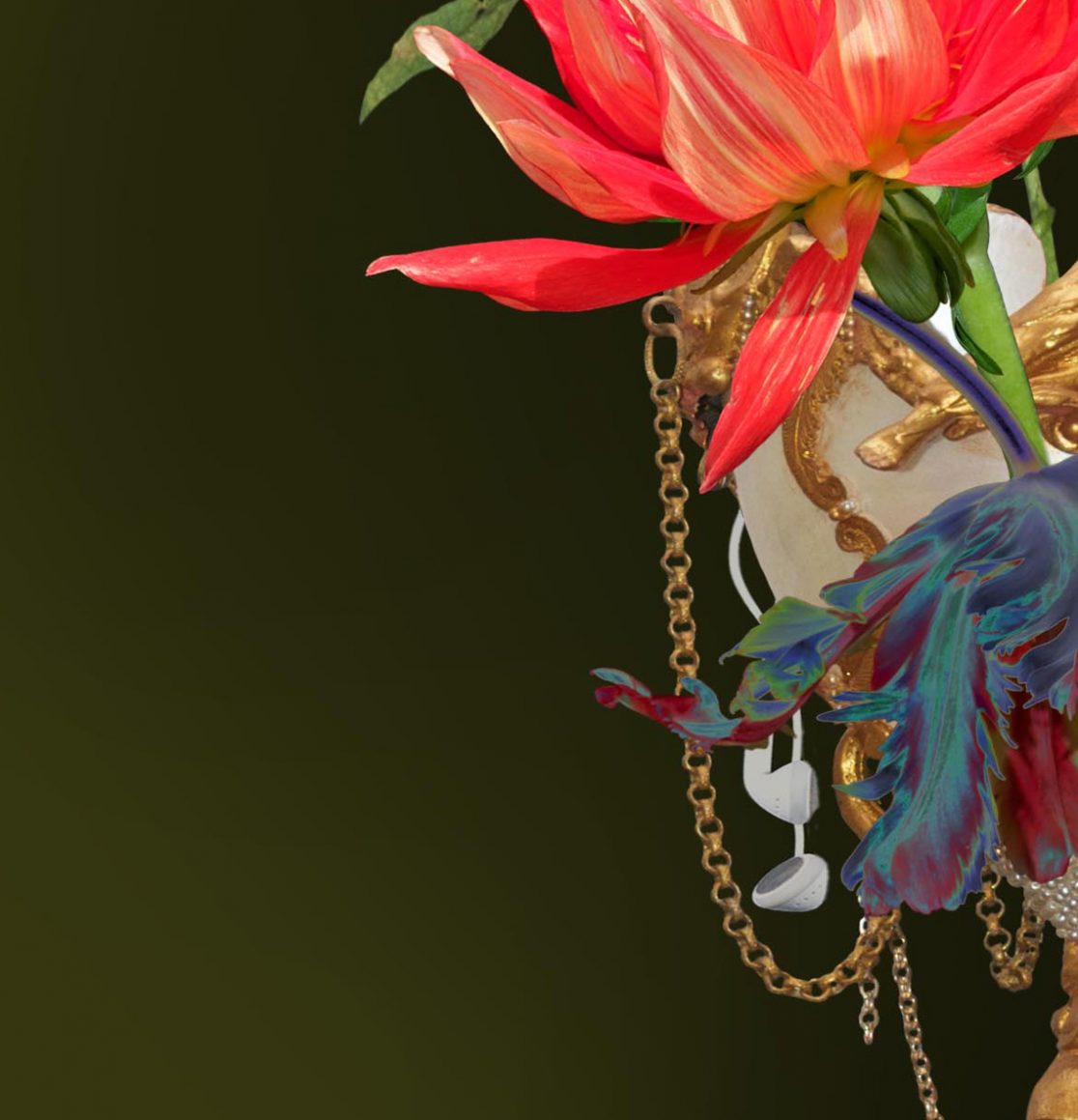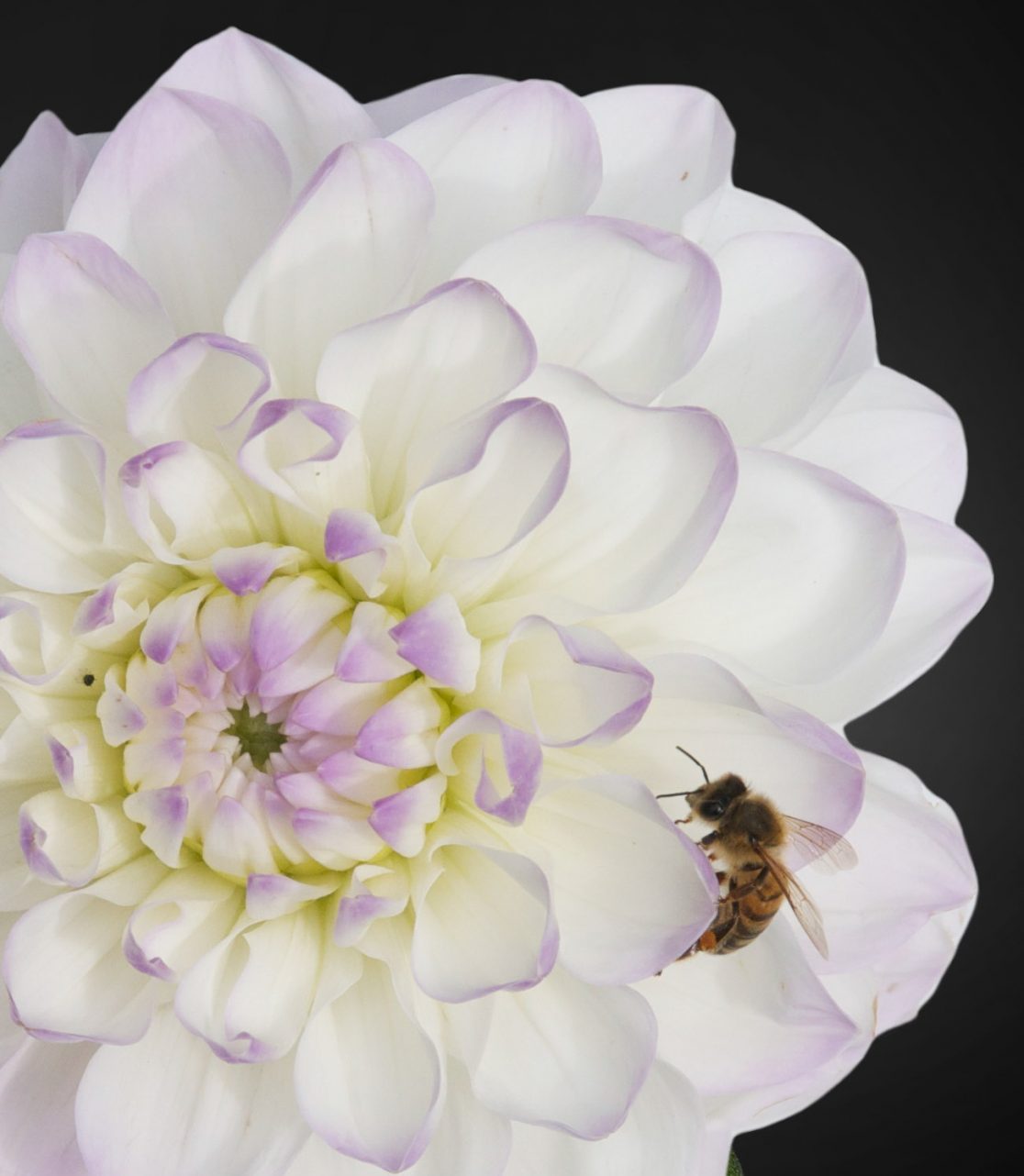q & a
Q & A
Edward Janssen interviews Helen Schellens.
THE BEGINNING
Q : Which of the works that you made several years ago you consider still good?
A : The Vanities series, especially no. II, Summer from 2009. It was for the first time I created work with my signature. First I put all the items on my studio floor, buying the fish, the lemon and arranging a composition.
When I finally, after a lot of changing, giving up and new beginnings ended up with 4 photos I thought they looked a bit boring. Then I saw an iPod lying on my desk and put it in the picture. Something happened. It became interesting, exiting even. This marked the beginning of me putting the NOW in my work. I began using other Apple products (a computer mouse that resembled an egg, a laptop that looked like a napkin and Earpods that looked like blossom buds. They are so beautifully designed, they have become modern classics already. What I also like about the Vanities series are the colours, the yellow of the lemon with the silvery grey of the fishes.
DUTCH LIGHT
Q : Where do you start?
A : It began by trying to capture the famous Dutch light. I found my inspiration from the 16th and 17th century paintings by Old Masters. Especially Rembrandt, his use of light and shadows is unparalleled. The reflection of a window in a glass object and the beautiful shadows became objectives that I wanted to show in my photos. The success of the Vanities series made me decide to stick with Still Lifes. I started looking into the art form of Still Lifes, its symbolic meanings, the historical contexts, the importance of fabric expression. Still Lifes were used to show the competence of a painter. Glass, a tin bowl, a peeled lemon, it all requires different techniques to paint them well. To accomplish thàt with photography is an enormous challenge.
THE TECHNIQUE
Q : It is not very common to build Still Lifes from separately photographed photos. How did that start?
A : When you arrange a composition on a table and take a photo, then that is it. I needed more flexibility. To have that, I learned that composing the photo on a computer gives me much more freedom to add and distract items in a later stage. So gradually I swifted from analogue photography to digital photography. It enabled me to photograph a butterfly in Artis Zoo, a tin cup and an iPod in my studio and then adding them to my composition. Even a birds feather I find on the street I can use. Vital to me is keeping the atmosphere of the old Still Lifes intact, despite the modern day objects.
HISTORIC PERSPECTIVE
Q : How does the way you work relate to the Old Masters?
A : Starting point is a black screen. Like Leonardo da Vinci used to do, everything revolves around light. He also started from a black canvas instead of the usual white one. Then I start building up my photo, just like the painters did. Starting with a table, a vase or a glass. Then a stem, a leaf, the flowers, I keep adding items, sometimes I use more than a hundred photos for one finalized work. Mostly I finish by adding the little insects, the butterflies etc. I add an extra layer by adding the contemporary items that do not fit the classic Still Lifes. Painters did the same, by putting flowers from different seasons together.
SYMBOLS & MEANING
Q : Do you take into account the symbolism that was often applied?
A : I like to work with multi layers and to surprise the viewer in an humoristic way. The symbolism used in Still Lifes is enormous. There are a lot of books written only about the symbolism and meaning of certain objects. Opinions on what is the true meaning of the symbolism and what Old Masters were trying to say differ. And they keep changing over time. Insects, for example, one party claims they act as a surrogate public to the viewer. Someone else concludes they act as wonders of nature and a third investigation shows they are to be seen as destructive creatures and that they emphasize our impermanence.
In the process of creating a new work I find the composition and atmosphere nowadays more important than to be historically right.
